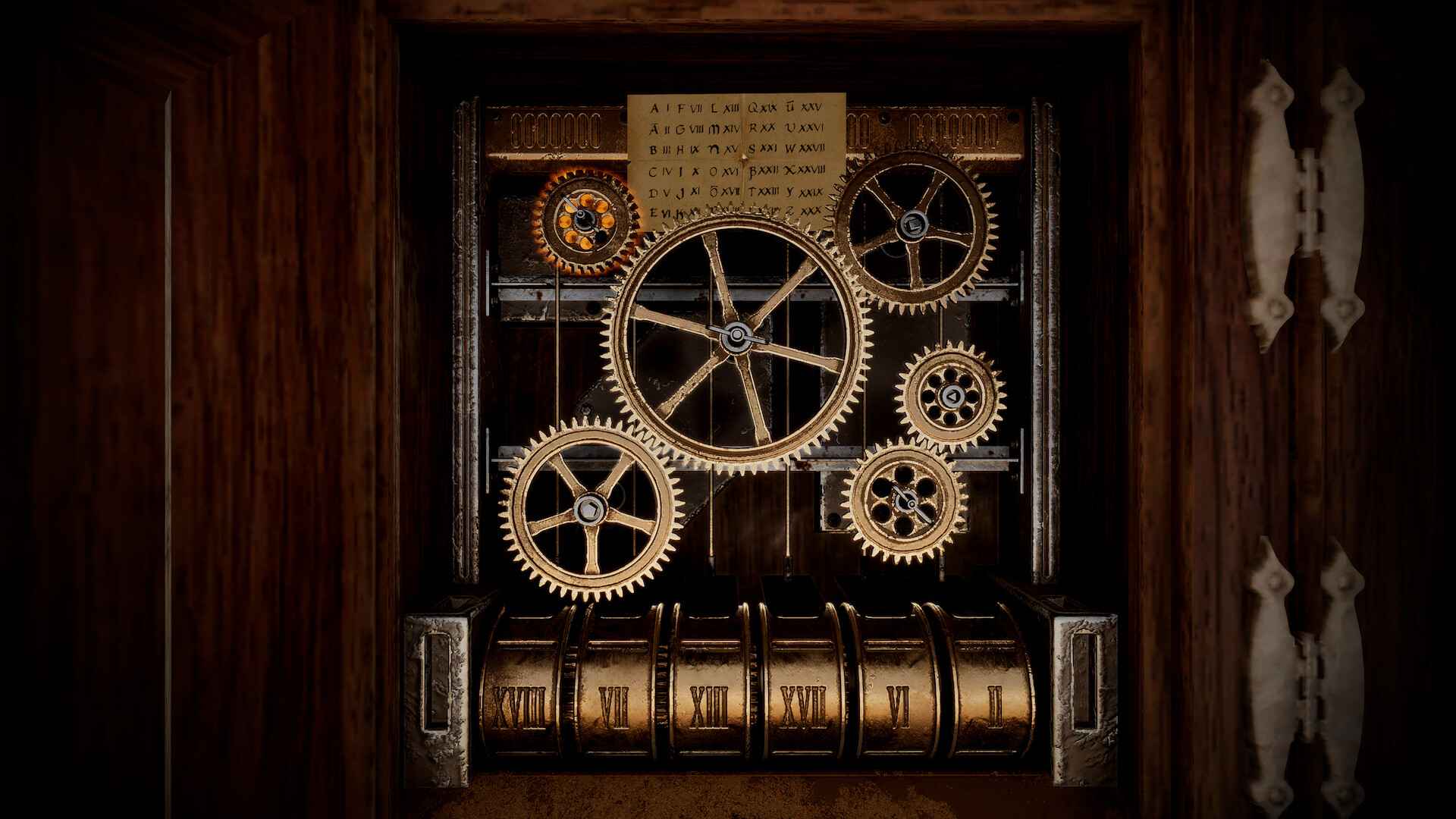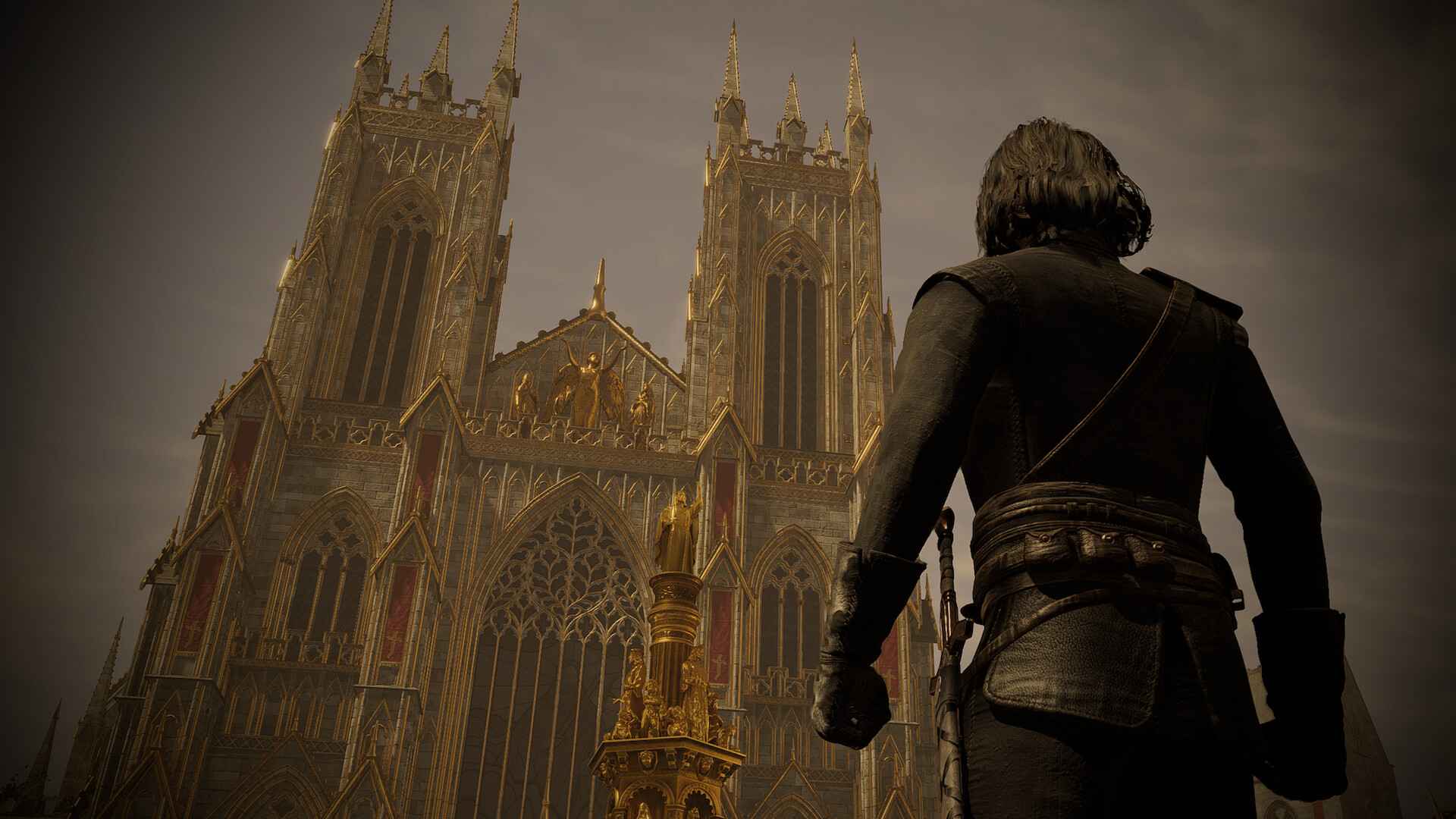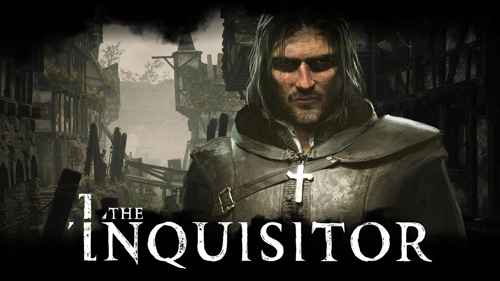The Inquisitor Preview
I’m a big fan of alternative history games and fiction. Games like Wolfenstein turn well-known events on their head, giving us a glimpse of what might have been. In the upcoming action-adventure game The Inquisitor, the alternate history premise packs a punch. It postulates that Jesus not only didn’t die on the cross, but escaped from the crucifixion to rain literal holy hell on his enemies. As a result, Christianity became a religion of retribution and Christ-the-Vengeful, a symbol of righteous bloodshed. With a foundation that intriguing, I couldn’t wait to see what The Inquisitor had to offer.
Mordimer the Vampire Hunter
The Inquisitor takes place in the early 16th century, in a fictitious European city called Koenigstein. You play as Mordimer Madderdin, a sort of Witcher-like inquisitor. He’s arrived in town to track down rumors of a vampire. Within minutes, he’s playing politics with the town guards, chasing down a young pickpocket, and flirting with a buxom lass.
As he explores Koenigstein, Mordimer meets a wide range of characters, from the religious leaders of the town to those who traffic in the occult. As it turns out, the vampire sighting is essentially a red herring. The mysteries and dangers in Koenigstein are much bigger and it’s up to Mordimer to put many pieces of a wide-ranging puzzle in place. He can choose a range of approaches, from church-sanctioned violence to more benign forms of interrogation and inquiry.

Although the developers stressed that The Inquisitor was not an action RPG, there is combat, including boss fights. Mordimer has light and heavy attacks and can dodge or parry. Combat isn’t exactly an afterthought, but it’s pretty basic and not terribly refined. Since the game is not an RPG, combat never really evolves.
Into the Unworld
For an obviously modest game, The Inquisitor has a surprisingly rich narrative and detailed setting. This probably comes from the fact that, while the story is original, it’s based on a series of novels (again, not unlike The Witcher). Koenigstein is an impressively designed medieval city. It has distinct districts, a towering cathedral and endlessly winding streets. There are also the dark and foreboding underground catacombs and dungeons found in most medieval cities. There are signposts all over the town, but there is no map. The developers emphasized that they wanted the player to get lost in the mysteries of Koenigstein.

The supernatural plays a major role in The Inquisitor. Mordimer has a kind of detective vision called “prayer mode.” This power allows him to see important landmarks or clues in the environment, or the next mission objective. Mordimer replenishes his prayer power by praying at shrines.
Because holy visions play an important role in guiding Mordimer forward, he travels to an alternative realm called the Unworld to collect the shards which power his visions. There is an undefeatable enemy in the Unworld that is always giving chase, in theory creating some tension and forcing Mordimer to use stealth. These sections felt pretty janky and weren’t always fun.

Big Ambitions
When it comes to presentation, it’s hard to entirely ignore the pretty dated-looking characters, inconsistent voice acting, and less-than-polished animations. Koenigstein is impressively rendered but largely just set dressing with limited interactivity. I couldn’t help but wish The Inquisitor’s intriguing story could be paired with the graphics of a game like Plague Tale.
That bit of disappointment aside, The Inquisitor should be a great game for players in the mood for a compelling example of alternative history fiction and medieval detective action. The Inquisitor will be released on PC, PS5, and Xbox X/S on February 8, 2024.
Thank you for keeping it locked on COGconnected.

